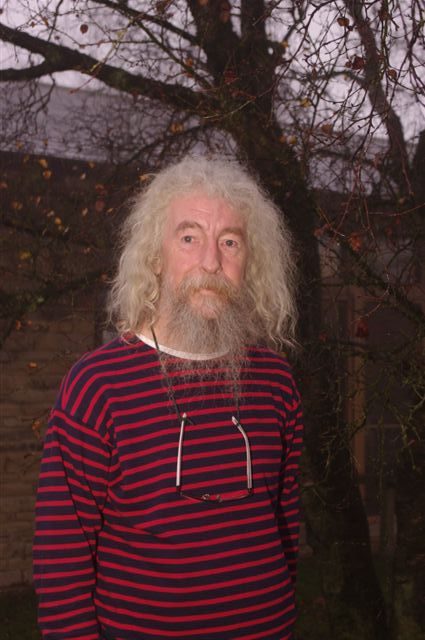It was a privilege to meet Professor Dominic Powlesland, of the Landscape Research Centre, who explained what they discovered when they dug a Bronze Age burial mound at Boltby Scar, near Sutton Bank. Such burial mounds pepper the Moors, and, he says, the remains of many more lie beneath the ploughed fields of the Vale of Pickering.
Traditionally, they were believed to be the burial place of an important personage, but Dominic’s work now points, he says, to longer term use as a burial site over hundreds of years, perhaps for a family or clan.
The barrow they dug at Boltby, he thinks, may be indicative of similar practices for other, similar looking barrows. He says it revealed, “A long and complex history of both construction and robbing.”
They identified six phases of the life of the barrow. Phase 1 was a stone ring, with large irregular limestone blocks laid on bed of pebbles. They think it may have defined the area of a flat cemetery. There was evidence of burning – perhaps funeral pyres?
Phase 2 was a turf mound within the stone ring. There was lots of charcoal in the turf – carbonised hazel shells, indicating domestic activity. Carbon 14 dating gave an age of around 1920-1730 BC.
They called phase 3 the ‘yellow mound’, as a thick deposit of yellow-brown clayey soil had been laid over the charcoaley soil of phase 2.
Phase 4 was a pebbly mound that covered over the yellow clay and extended to the stone ring. It was made of clean silty soil with a layer of pebbles on the surface.
Phase 5 placed a wattle fence around the mound, with limestone slabs leaning up against the fence. The vertical slabs of pale limestone, high on the escarpment, would have been visible from a considerable distance.
At phase 6, the whole mound , fence and stone rings were buried with a thick layer of fine silty soil. Covering the limestone dimished its visibility in the landscape, but made the mound taller.
Dominic thinks that these phases probably developed over hundreds of years, starting around 2000 BC, in the early Bronze Age. That is why he believes that it was used for many burials, not just one single person.
Whatever the significance of the mound to its original builders, the mound continues to draw people to it even today, around four thousand years later.
Read more about Dominic’s work at www.landscaperesearchcentre.org

